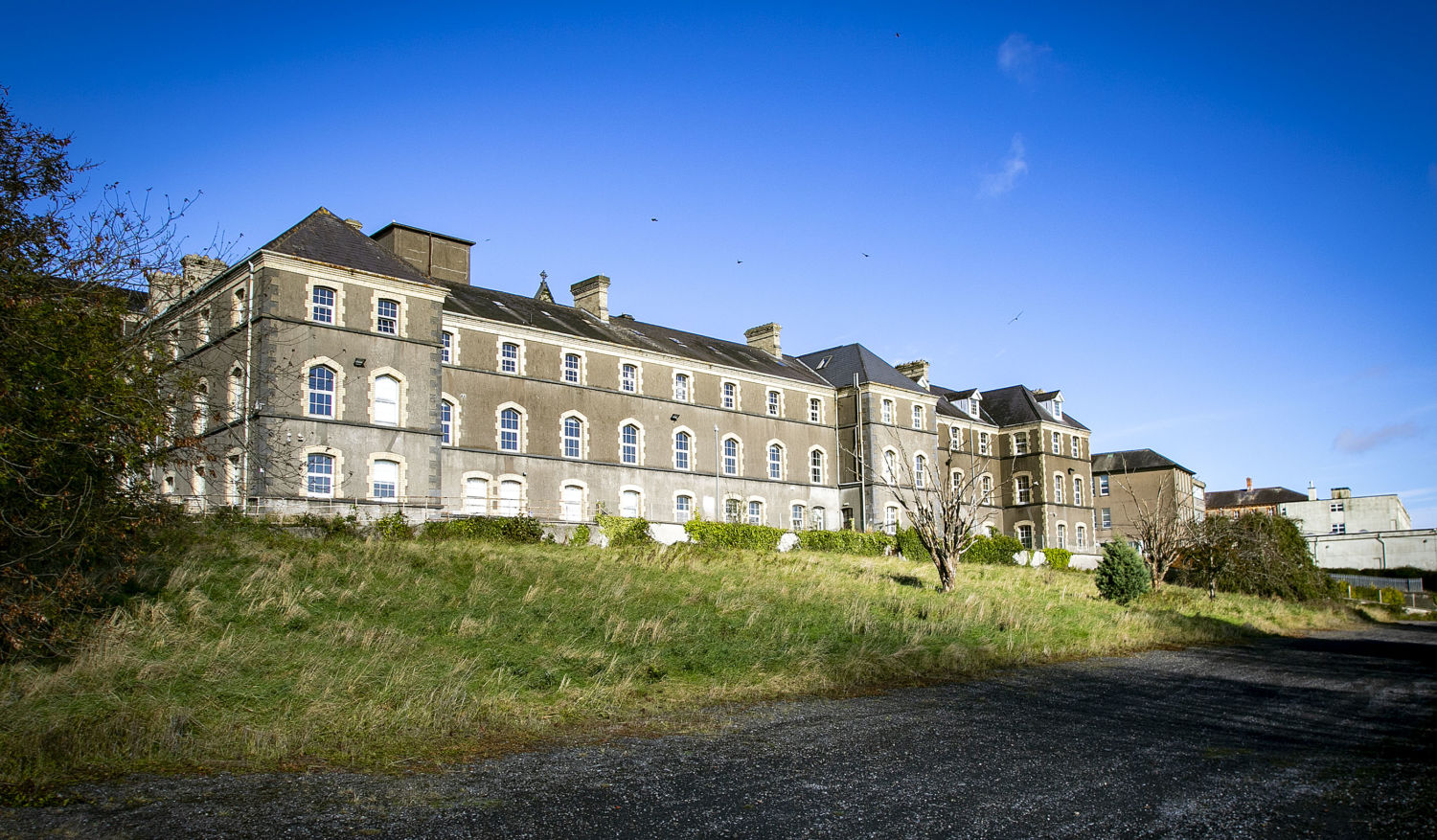Adaptive reuse
A longstanding but increasingly popular practice, adaptive reuse isn’t historic preservation, which seeks to restore a space to its former glory. Instead, adaptive reuse focuses on taking a building that’s past its prime and renovating it for new purposes in line with contemporary technological and social needs. If we want to create more sustainable cities, adaptive reuse is one of the most sound strategies we can implement.
Simply put, a significant portion of a building’s carbon emissions comes from its materials, specifically their fabrication, delivery, assembly, and end-of-life protocols. That embodied carbon, as it’s called, is projected to make up 49% of the total carbon emissions of global new construction between now and 2050, according to Architecture 2030, a nonprofit focused on climate change and the built environment.
And for a brand-new, energy-efficient building, it can take between 10 to 80 years to “pay back” the carbon load resulting from its construction. Yet it’s not simply carbon emissions that make new construction problematic. Adaptive reuse stands as a method to cut back enormously on both the emissions and the construction and demolition waste — not to mention the associated costs — that come with building something new.


